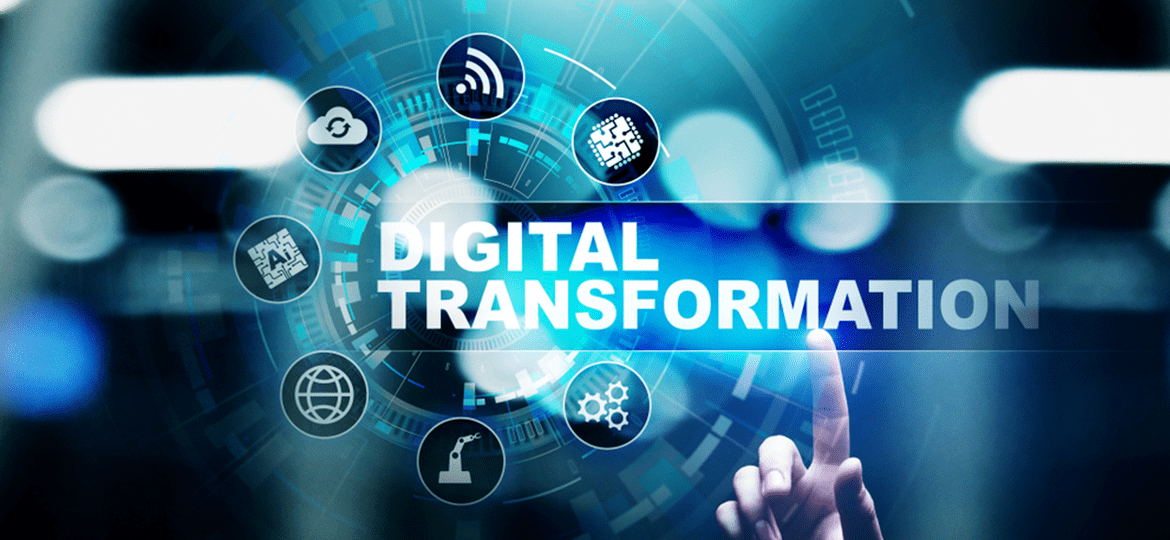
6 Key Tenets for the Digital Transformation of Small & Medium Enterprises
Digital transformation is jargon for the unpractised; particularly so in the tier-1 and tier-2 cities. Apart from the conflict, it is a ‘must-have option and not a ‘nice to have’ option for nourishment. It is one of the primary drivers that provides the best value and also the best business enabler.
Over-the-counter cash for goods purchase, paper-based form, and other related traditional modes of transactions are still made used because of the competence towards the technology tendency of the common public. There are different challenges faced in digital transformations. Few of them includes
- Architecture : The users require a digital experience rather than a digital tool. You need to think about everything from the perspective of the system configuration to cybersecurity and compliance.
- Know-how : Augmenting technology is more natural when compared to the roadmap transformation.
- Limited Capital : During the technology investment, the capital is scarce and also requires relocation between different priorities while postponing other requirements.
- Biases : The end-users within the organization should get over the hang-ups while considering the digital transformation. They need to understand that technology is their best friend rather than thinking it as a foe.
- Blinders : Management is easily changed with a small thinking hampers. It also affects the think out-of-box ability to achieve the aimed results.
Six critical tenets for the Digital Transformation of small and medium enterprises:
Let’s have a look over the following six principles for the digital transformation of both small and medium enterprises.
Digital transformation amplifies the reach as well as offers opportunities at an affordable cost when compared to the paper-based forms and other physical domains.
- Simplify : The end-users all over demographics cherish easy and quick access to the solution. Make sure you think simple when designing any online platforms.
- Think experience of the end-users : Technology as a facilitator need to be utilized to assure customer satisfaction even if there are no customers present at the place. Both profitability and efficiency will follow.
- Converting challenges to opportunities : Intuitive matters when it comes to the platform of technology. By offering user assistance in the form of video calls, accessible voice-based helps, native language support, etc. enables them to reach out to the masses. This indicates customer service influence for upselling and cross-selling.
- Retain technology partners : It lends the experience in developing and designing the platform of technology along with the expert system they have designed via different implementations. It also helps in thinking out-of-the-box to enhance capital availability in a limited way.
- Surpass biases: Technology is getting a massive reach at present. It is the same for the person from a lower background to the person at the higher fields. Everybody can make use of the technology in a simple way, and it’s highly appreciated.
- Use Chatbots: Make use of the bots to navigate easily regarding the platform to decrease the load on the desk of customer service and outstretch the reach.
Digital is everywhere, from the supermarkets to airline ticket booking. Going digital is good as it enables the outstretch of masses to reach and also helps to cross-influence function and utilities. Intellectfaces make use of this digital transformation to reach higher heights in the competitive market.

